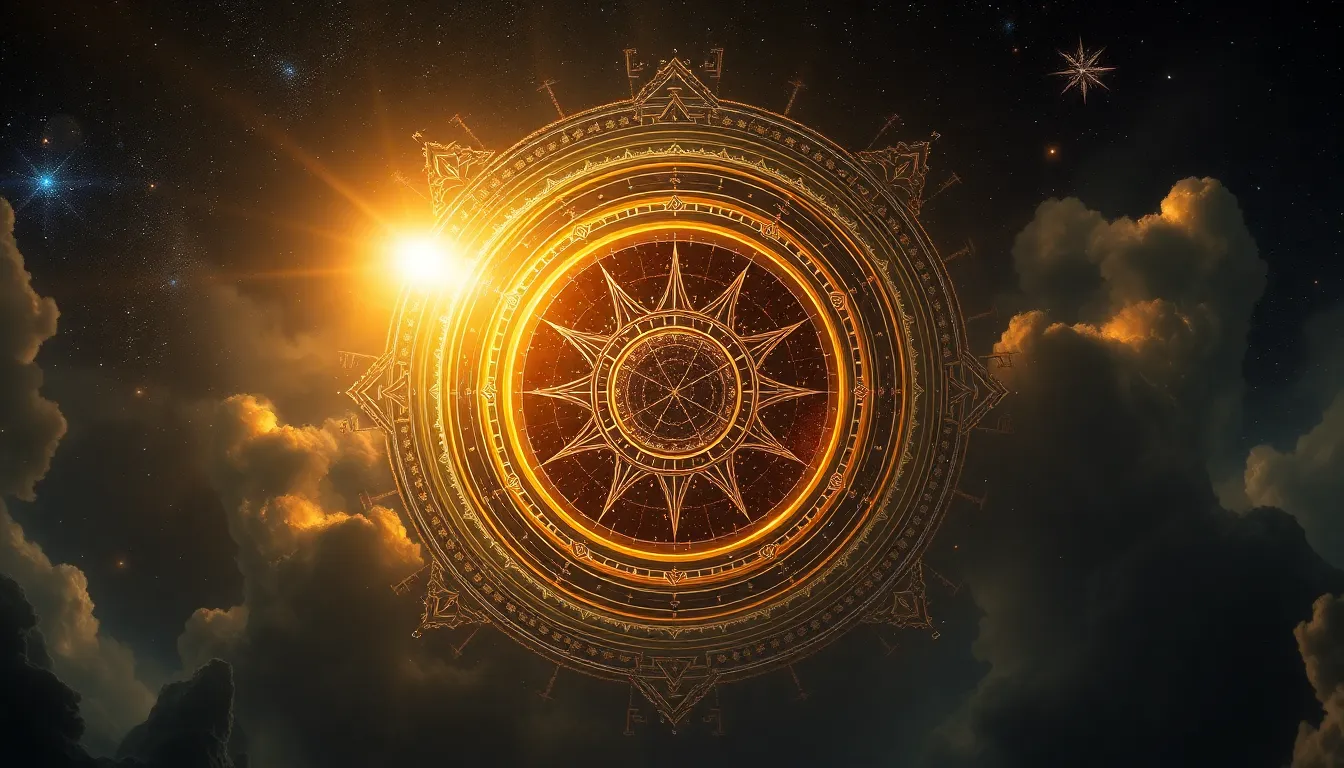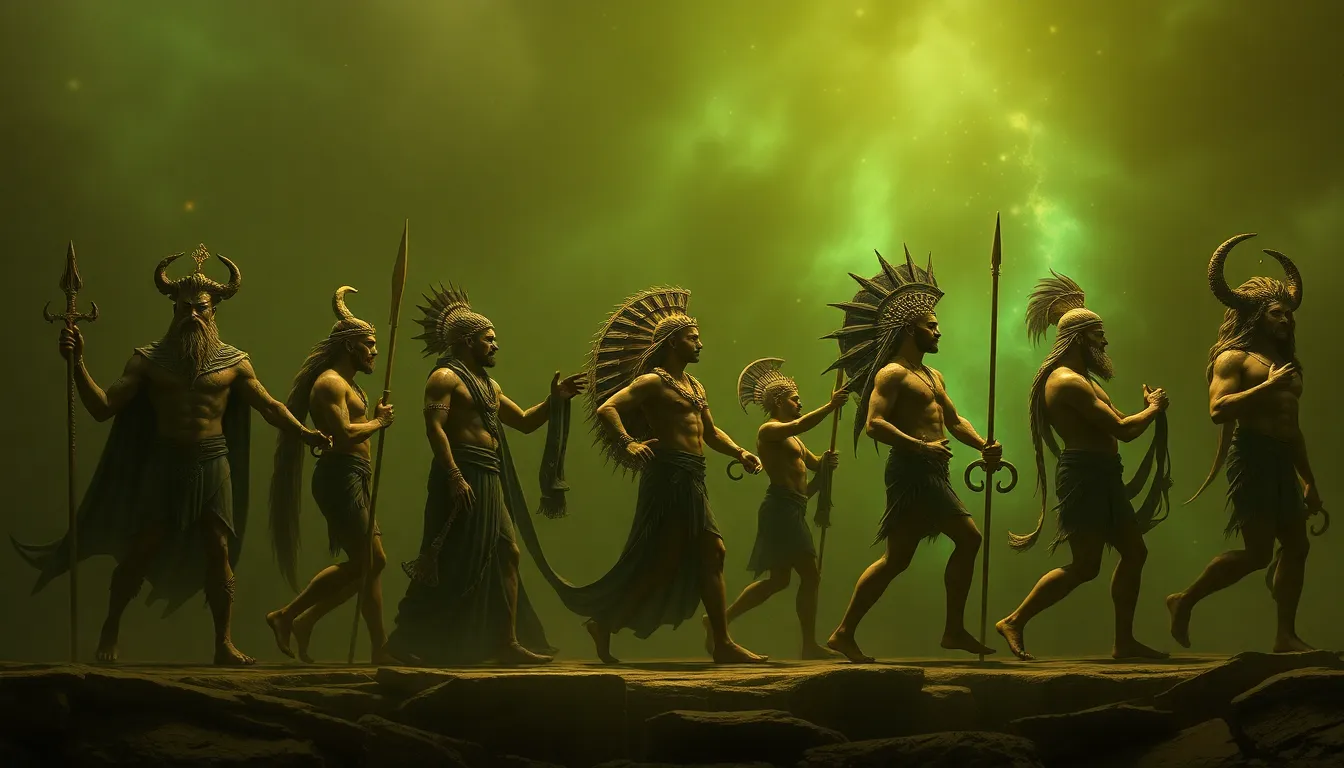The Transformative Journey: Myths That Inspire Personal Growth
I. Introduction
Personal growth is an ongoing process of self-improvement, self-awareness, and transformation. It is significant not only for individual fulfillment but also for enhancing relationships and contributing positively to society. In this journey, myths play a crucial role, shaping human experiences and providing frameworks for understanding our lives.
Myths are not merely ancient stories; they serve as powerful narratives that resonate with our challenges, aspirations, and identities. This article will explore several transformative myths that inspire personal growth, illustrating how these timeless tales can guide us on our journeys.
II. The Power of Myths in Human Culture
Myths can be defined as traditional stories that convey cultural beliefs, values, and truths. They serve various functions, including:
- Explaining natural phenomena
- Providing moral lessons
- Creating a sense of belonging
Historically, myths have been integral to cultures worldwide, from Greek and Roman mythology to Indigenous narratives and Eastern philosophies. They influence both personal and collective identity, providing a common language and understanding of the human experience.
III. Myth 1: The Hero’s Journey
One of the most renowned frameworks for personal growth is Joseph Campbell’s concept of the Hero’s Journey, also known as the monomyth. This narrative structure outlines a hero’s adventure, consisting of several stages:
- Call to Adventure
- Crossing the Threshold
- Trials and Challenges
- Transformation
- Return with the Elixir
Each stage is relevant to personal growth, representing the challenges we face and the transformations we undergo. Modern interpretations of the Hero’s Journey can be found in literature and film, such as:
- Harry Potter in J.K. Rowling’s series
- Frodo Baggins in “The Lord of the Rings”
- Luke Skywalker in “Star Wars”
IV. Myth 2: The Phoenix Rising from the Ashes
The phoenix is a powerful symbol of resilience and rebirth found in various cultures, from Greek mythology to Egyptian lore. This myth illustrates the idea that from destruction comes renewal. Personal narratives of overcoming adversity often mirror the phoenix’s story:
- Surviving personal loss
- Recovering from addiction
- Transforming after a major life setback
Practical applications of the phoenix myth in overcoming adversity include embracing change, fostering a positive mindset, and viewing challenges as opportunities for growth.
V. Myth 3: The Quest for the Holy Grail
The Holy Grail is often seen as a symbol of ultimate fulfillment and enlightenment. This myth emphasizes that the journey towards the Grail is as important as the destination. Key lessons include:
- The value of pursuing one’s passions
- The importance of self-discovery
- Embracing the challenges along the way
The quest for the Holy Grail encourages individuals to seek purpose and meaning in their lives, reminding us that personal growth is an ongoing journey.
VI. Myth 4: The Heroine’s Journey
Maureen Murdock introduced the concept of the Heroine’s Journey, which focuses on feminine archetypes and experiences. Unlike the Hero’s Journey, which emphasizes adventure and conquest, the Heroine’s Journey highlights:
- Self-discovery and inner growth
- The nurturing of relationships
- Integration of the feminine qualities of compassion and intuition
This journey underscores the significance of feminine archetypes in personal growth, encouraging women to embrace their unique paths and the strength found within vulnerability.
VII. Myth 5: The Labyrinth and the Minotaur
The labyrinth serves as a metaphor for life’s challenges, while the Minotaur symbolizes the fears we must confront. Navigating a labyrinth can represent:
- Facing personal demons
- Overcoming self-doubt
- Finding clarity amidst confusion
Strategies for navigating personal labyrinths include setting clear goals, seeking support from others, and practicing self-reflection to confront fears and uncertainties.
VIII. The Psychological Impact of Myths
Myths significantly shape our belief systems and behaviors. They connect to psychological archetypes, as described by Carl Jung, which inform our identities and motivations. Engaging with myths can serve as a tool for:
- Self-reflection
- Understanding personal narratives
- Promoting self-improvement
By recognizing the myths that resonate with us, we can gain insights into our struggles and aspirations.
IX. Integrating Myths into Personal Growth Practices
To apply mythological lessons in daily life, consider the following techniques:
- Journaling reflections on personal myths
- Engaging in creative storytelling
- Visualizing your own Hero’s or Heroine’s Journey
Creative exercises can help individuals connect with their personal myths, fostering a deeper understanding of their life paths. Storytelling, whether through writing, art, or conversation, plays a crucial role in personal development by enabling individuals to articulate and explore their experiences.
X. Conclusion
In summary, myths like the Hero’s Journey, the Phoenix, the Holy Grail, the Heroine’s Journey, and the Labyrinth hold transformative power. They offer wisdom and inspiration for personal growth, guiding us through the complexities of life. I encourage you to explore these myths and discover how they can illuminate your own journey of self-discovery and transformation.




